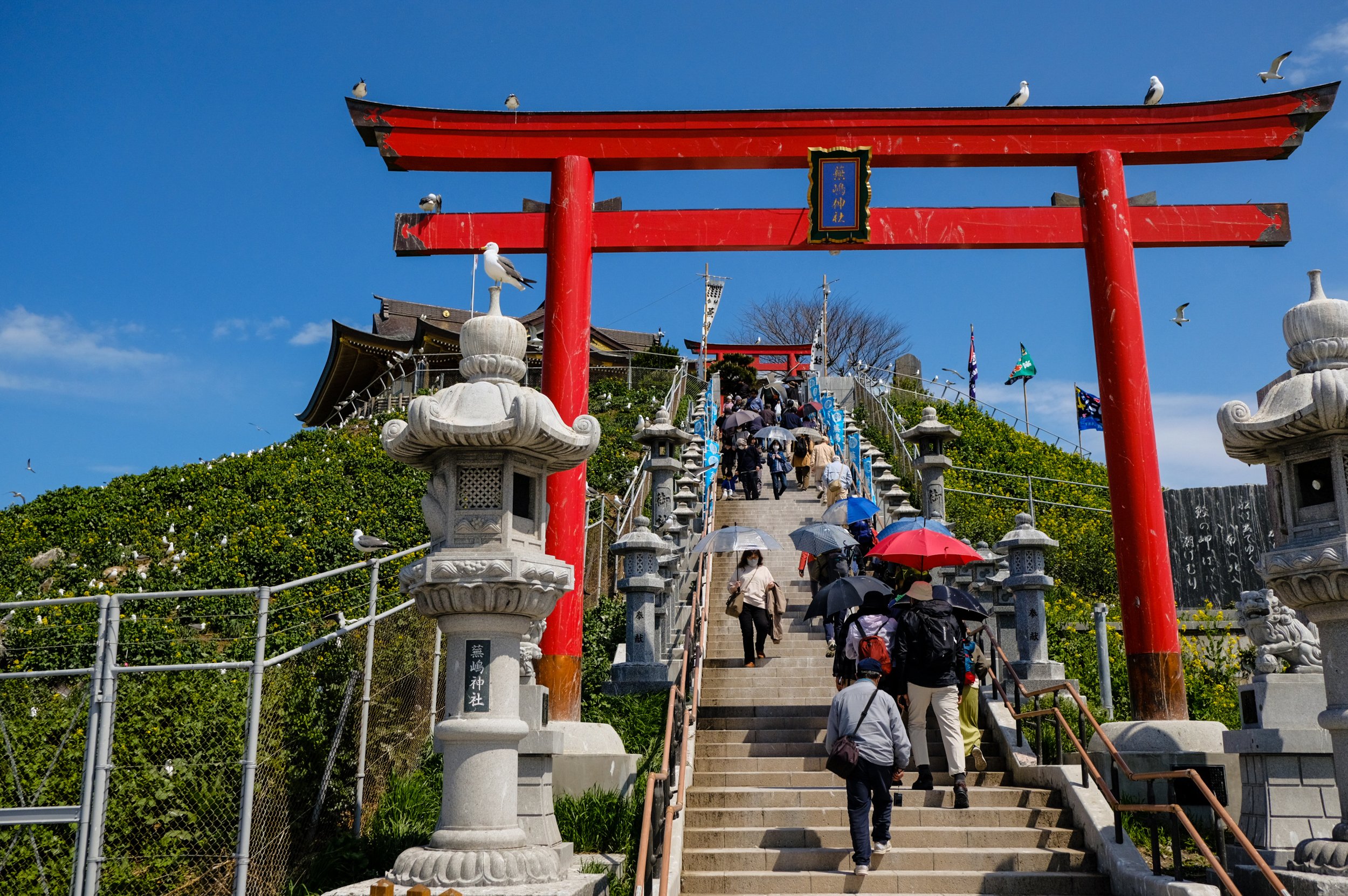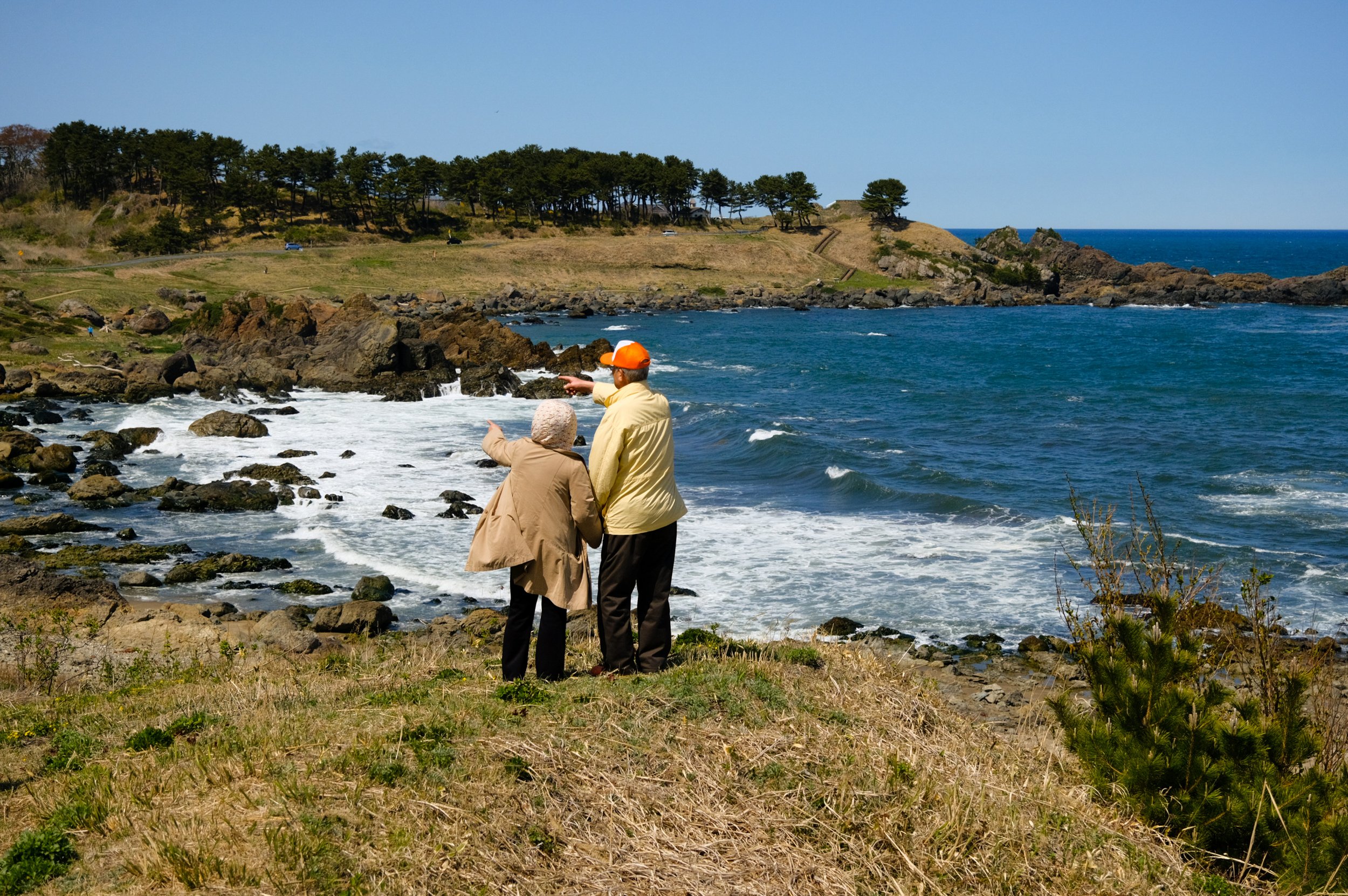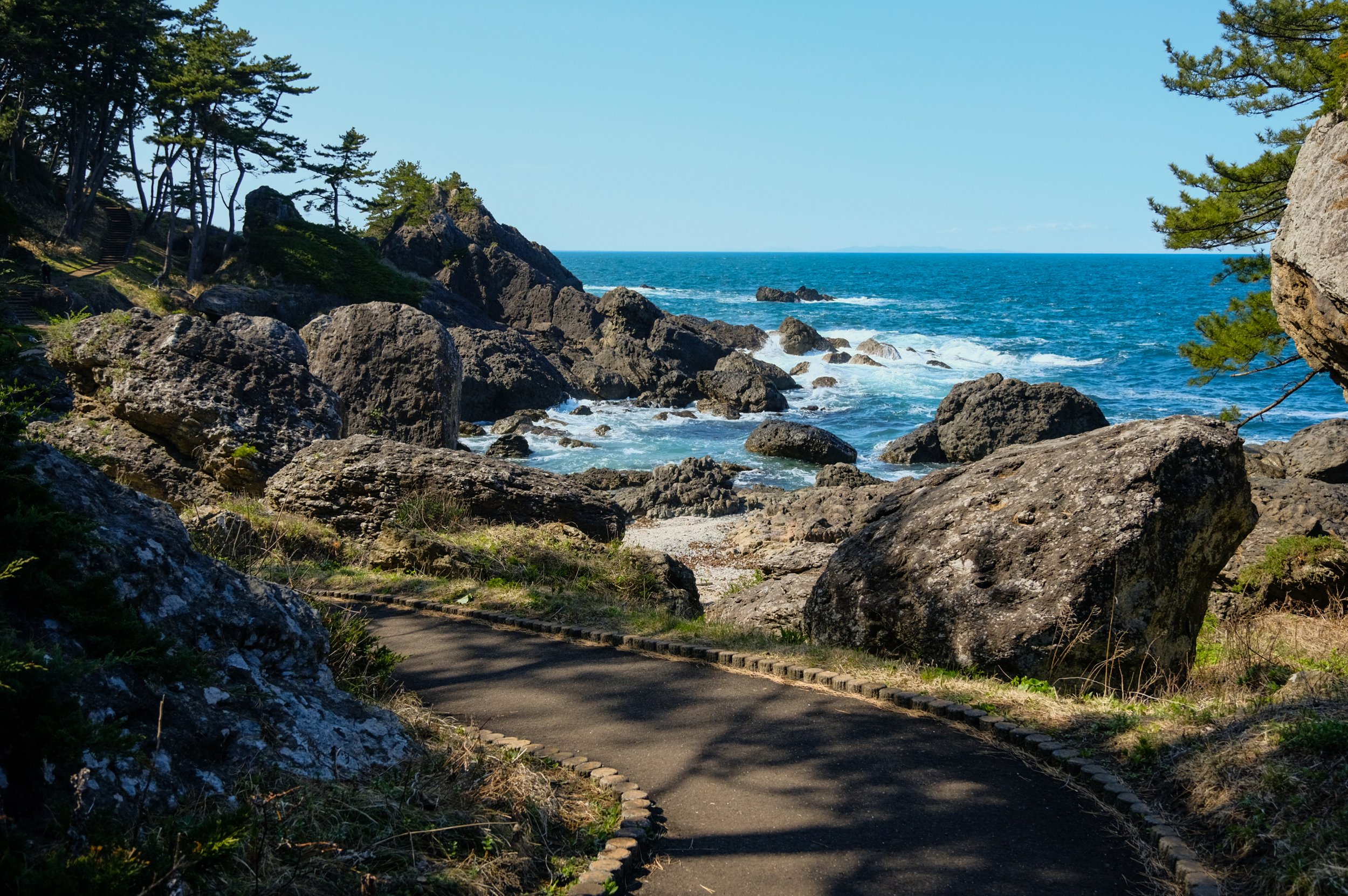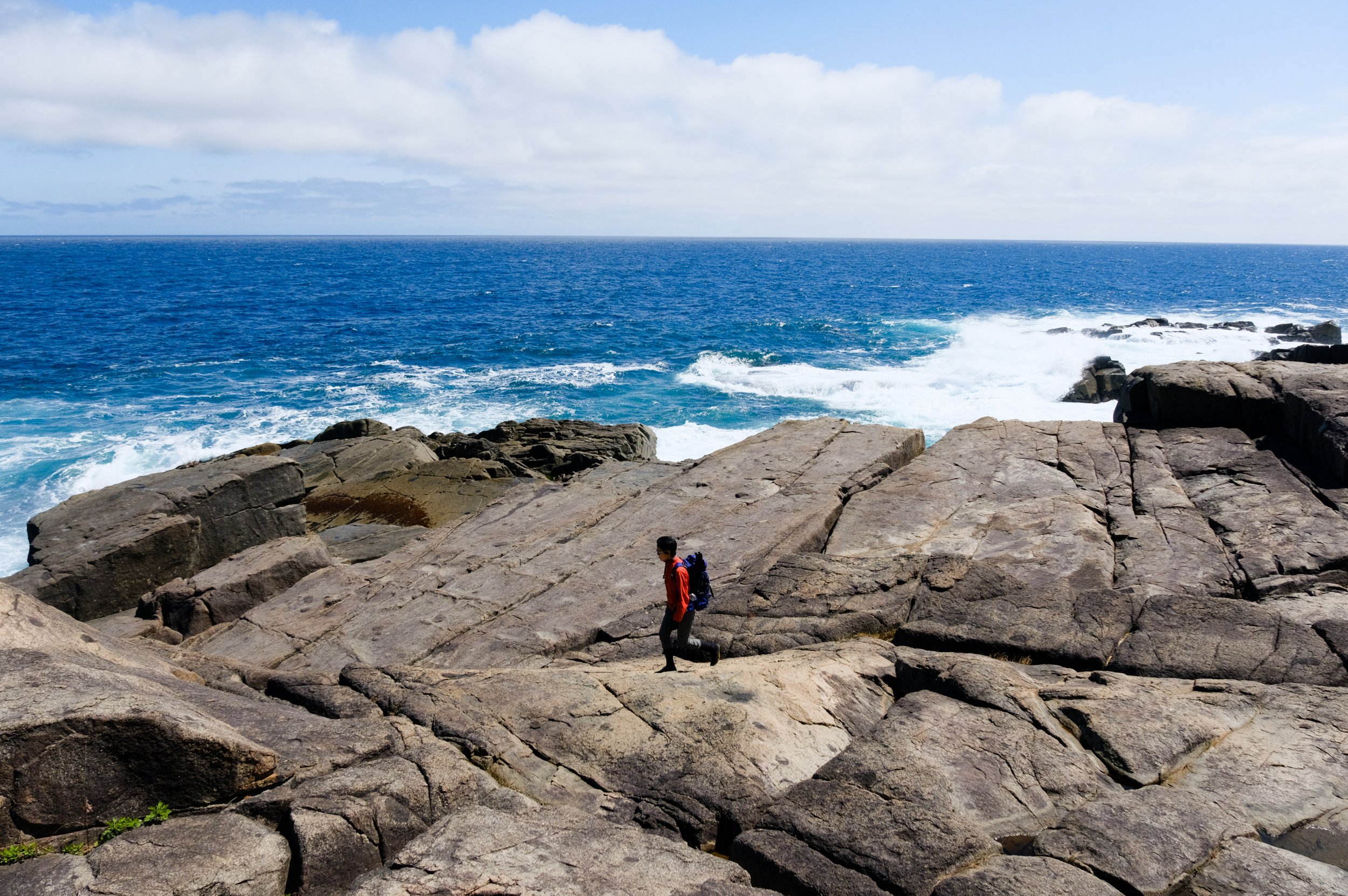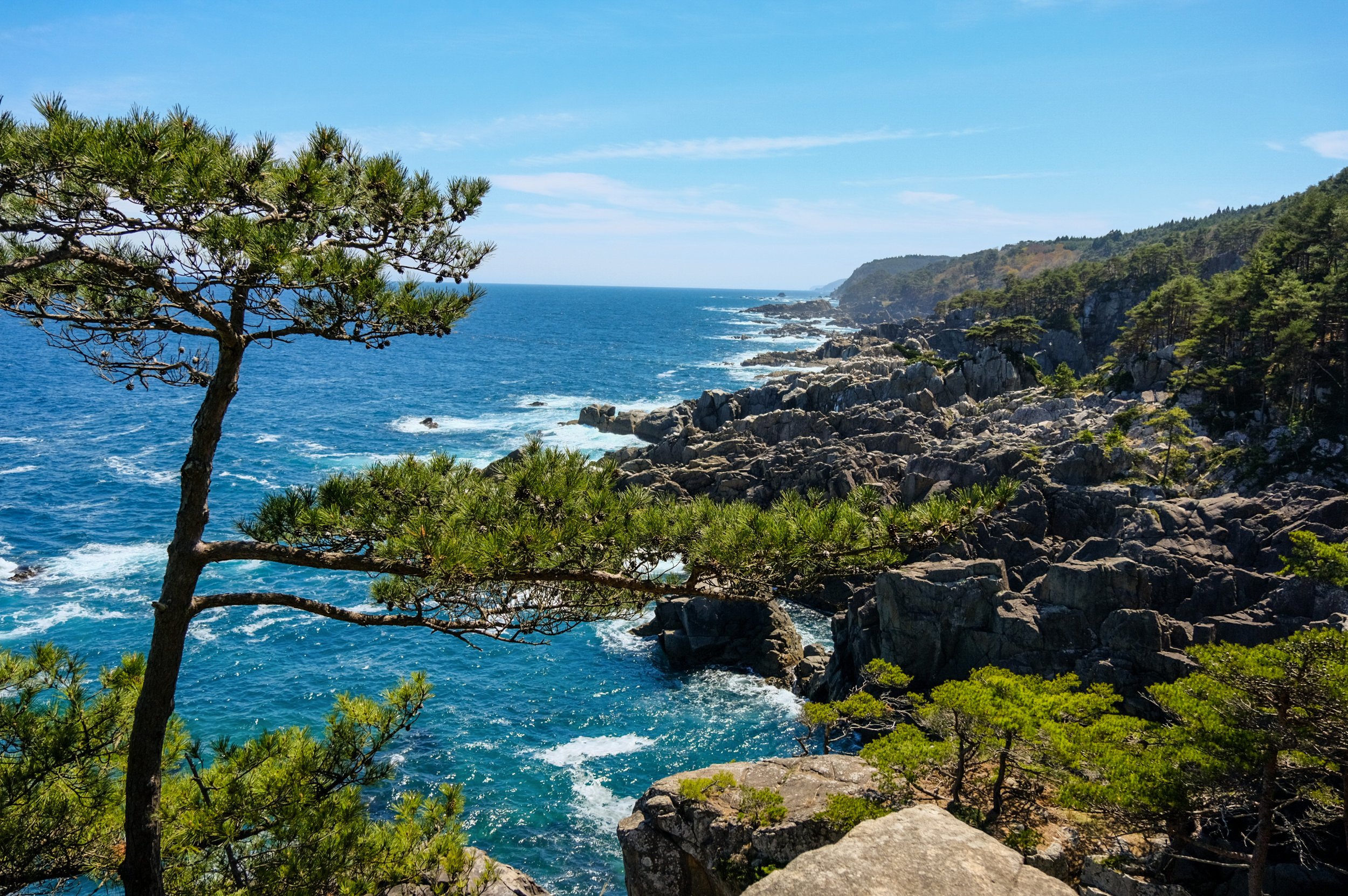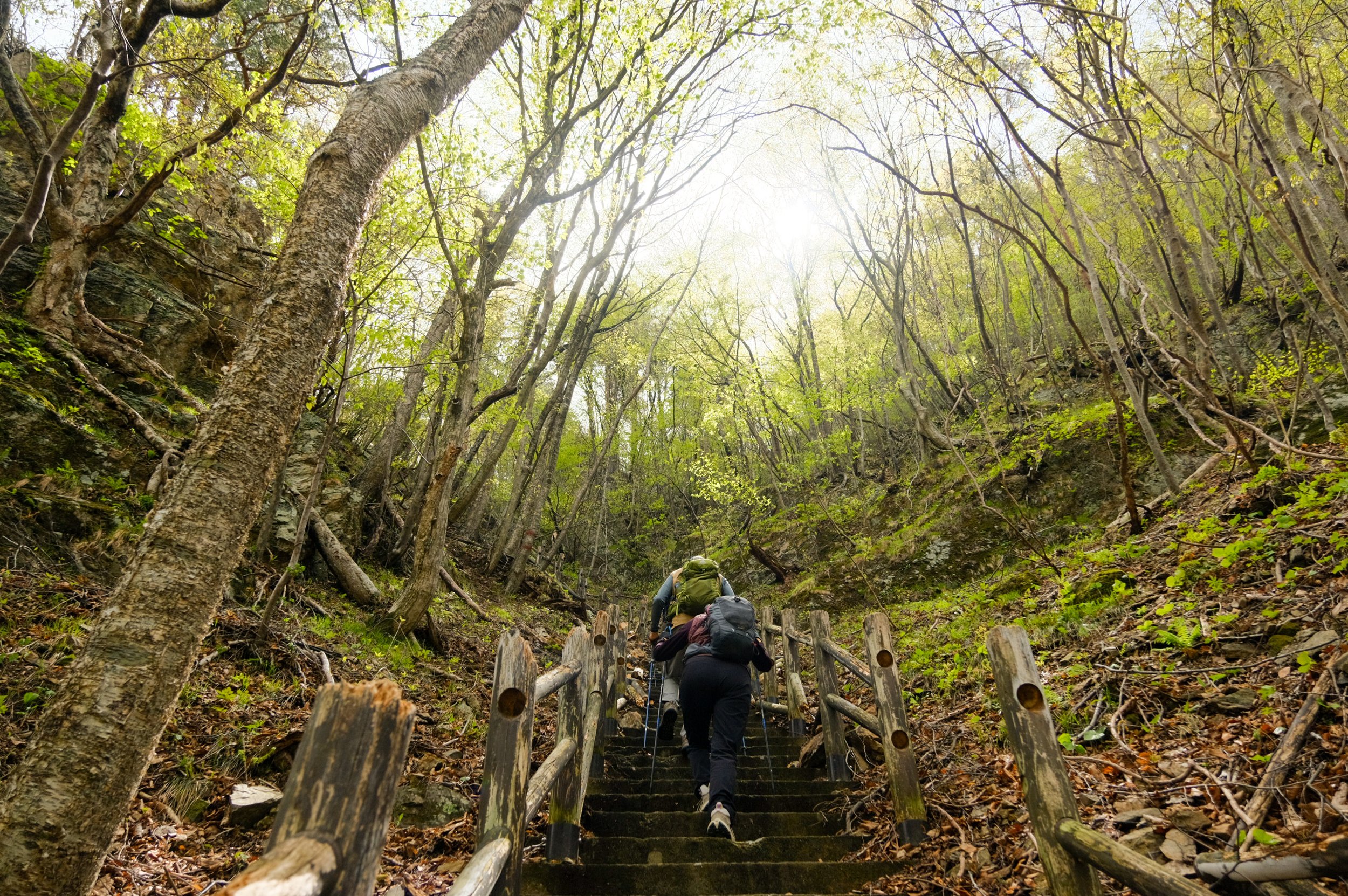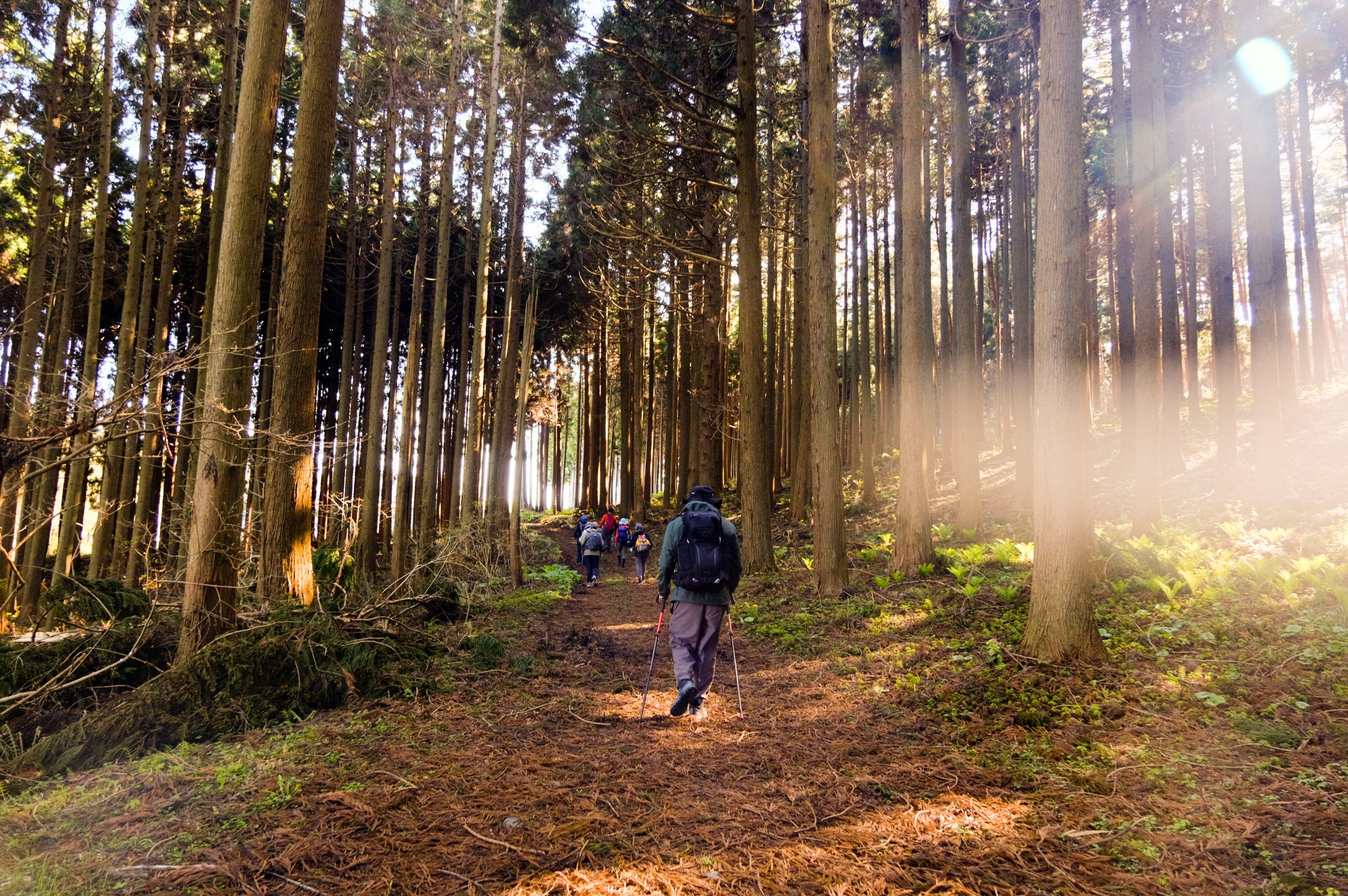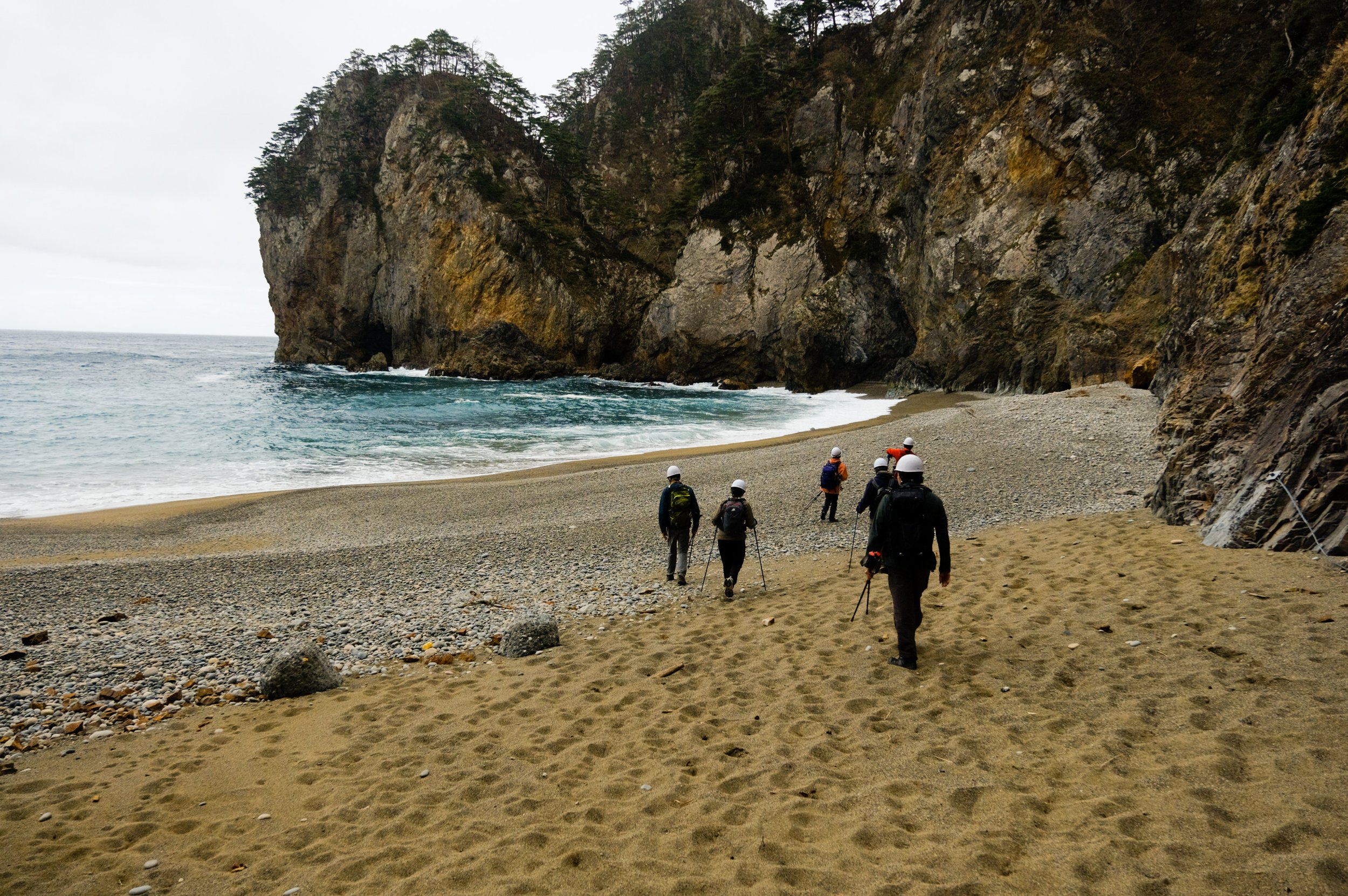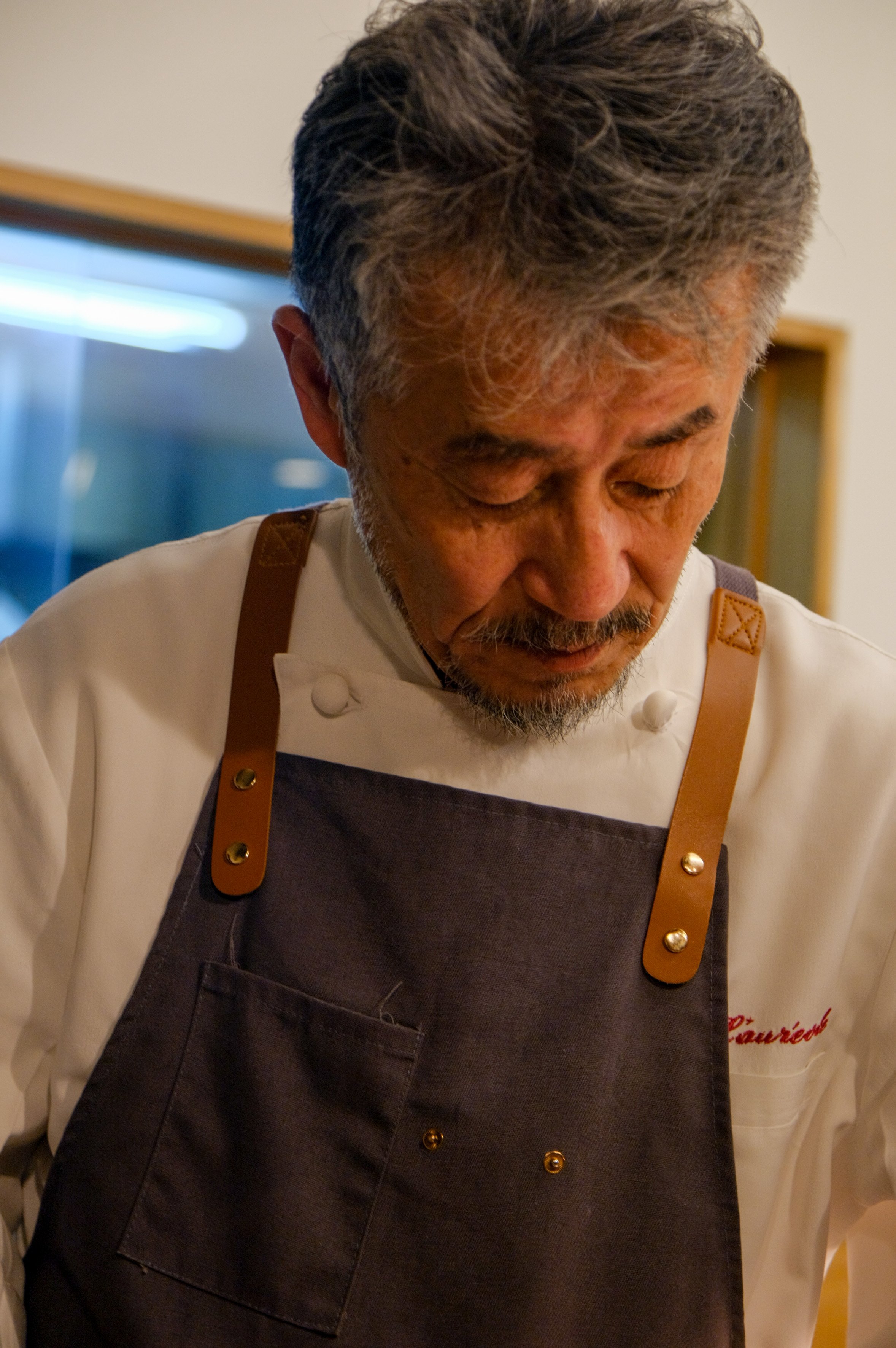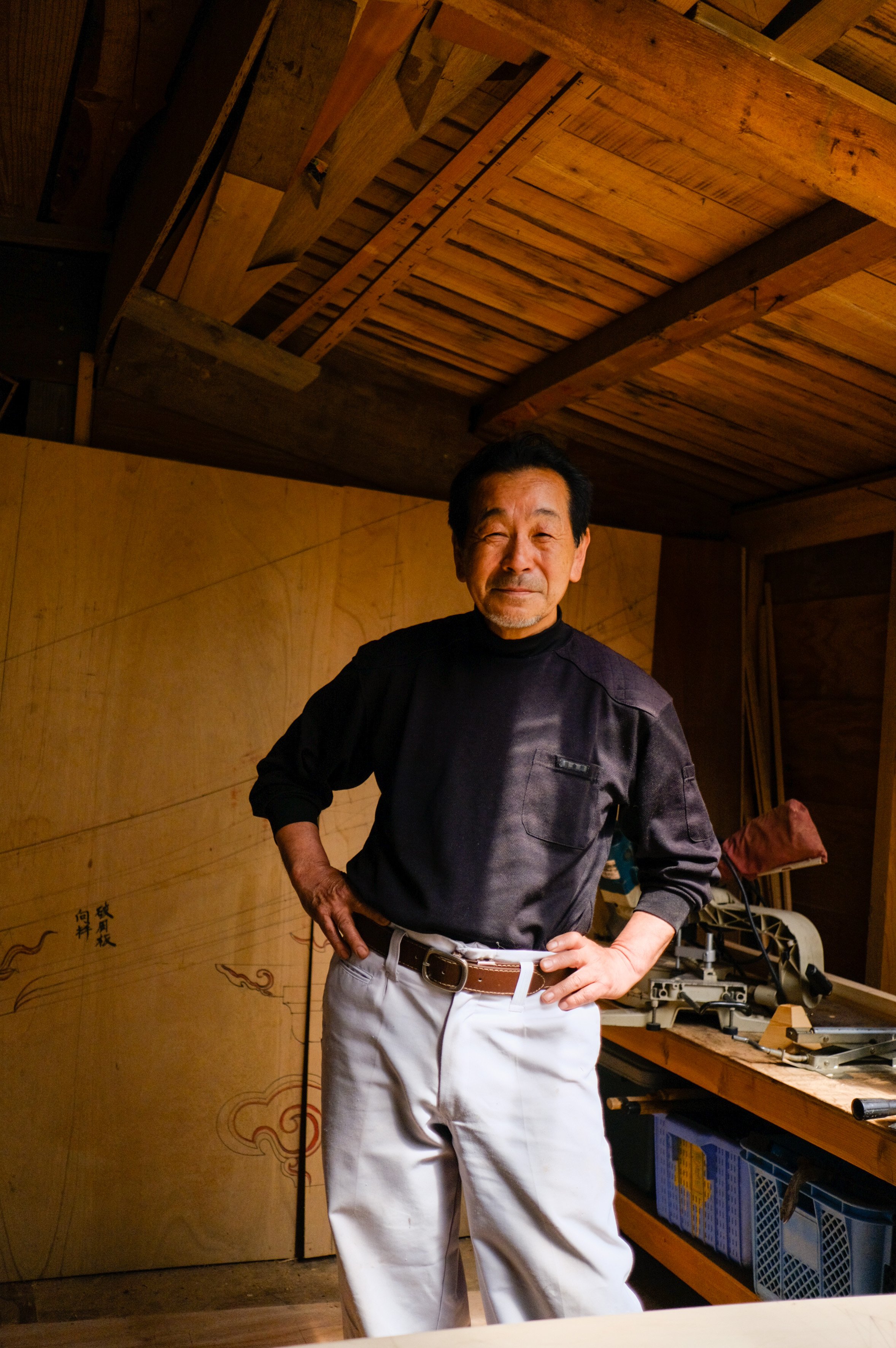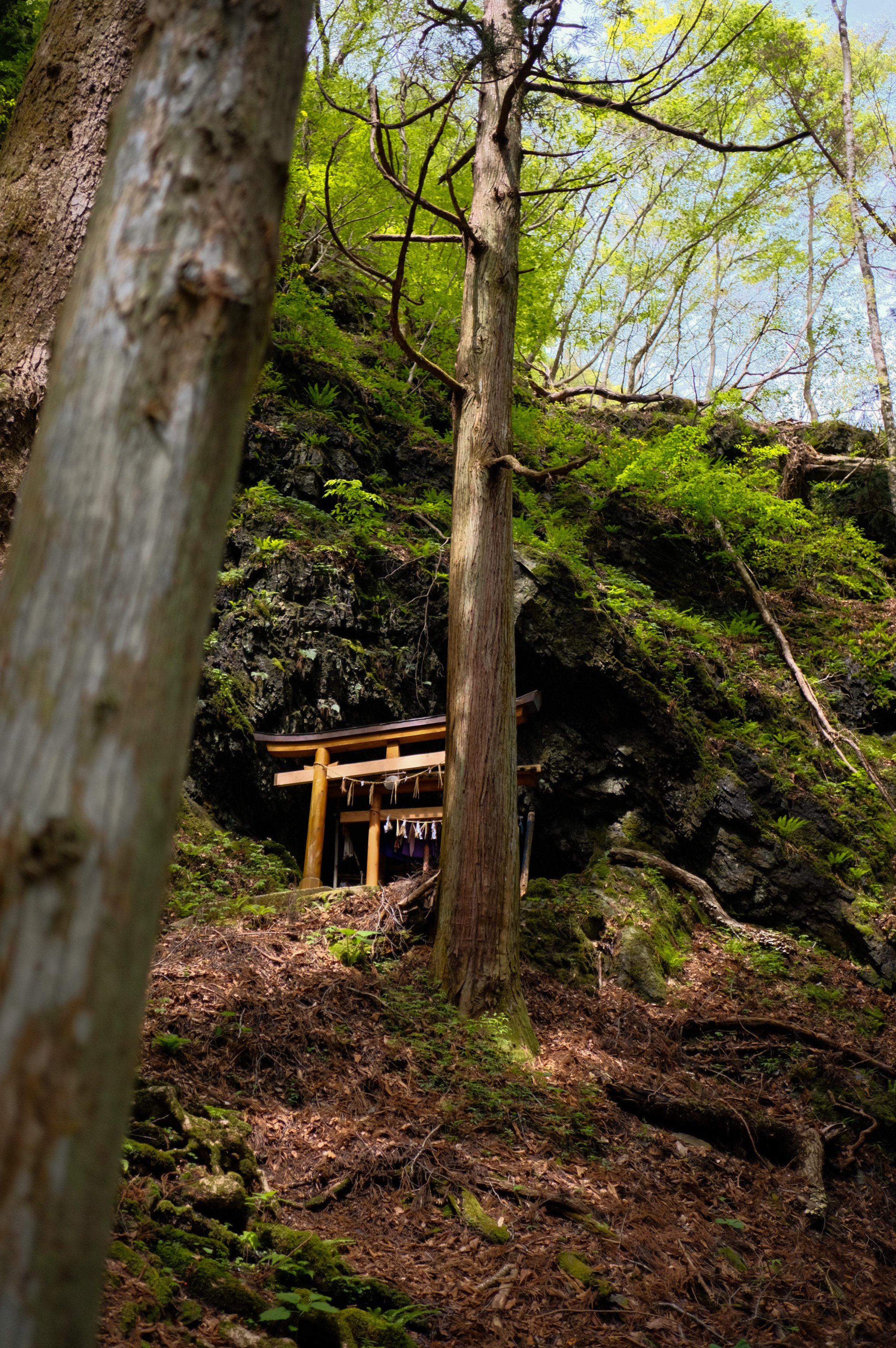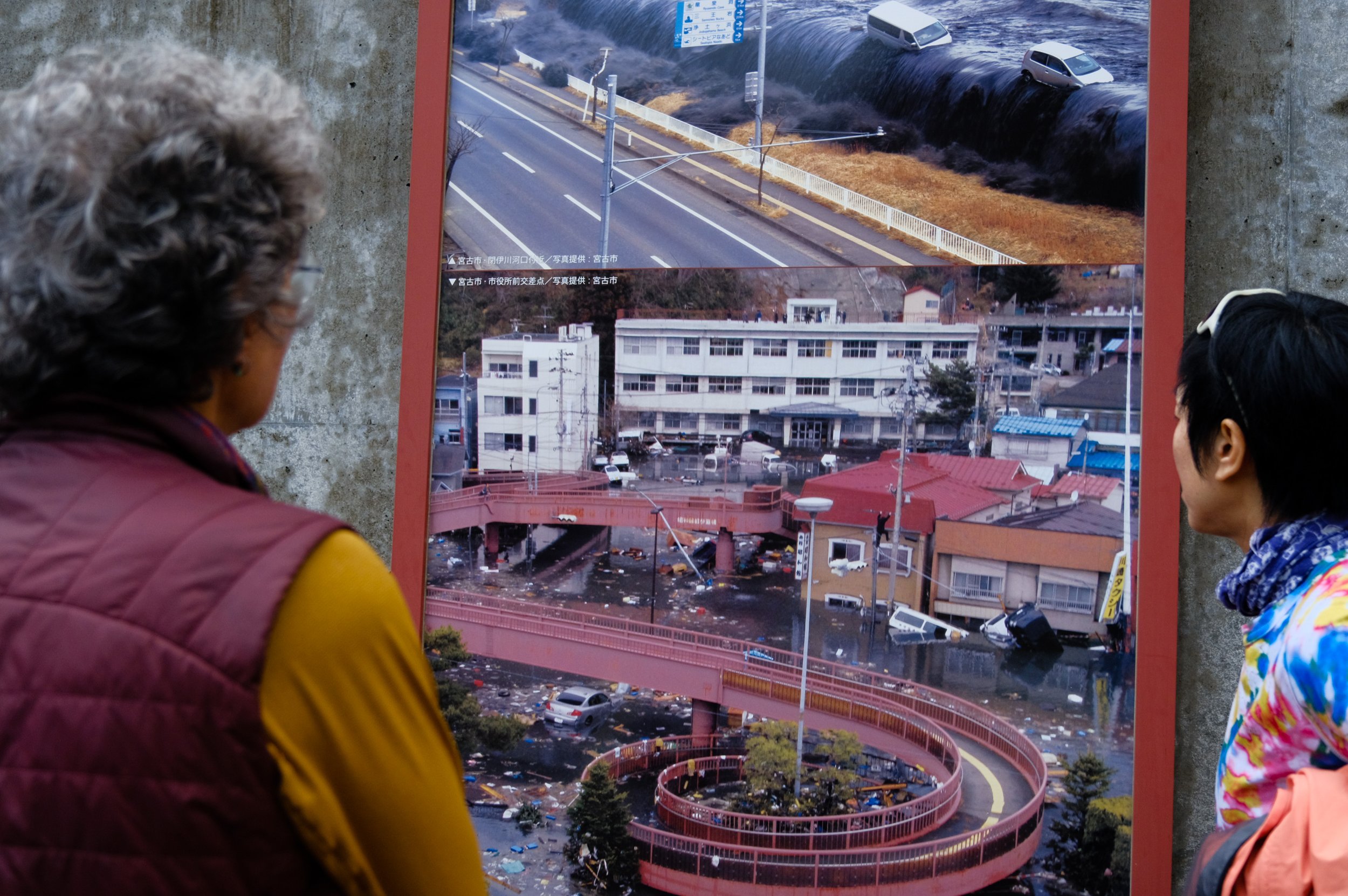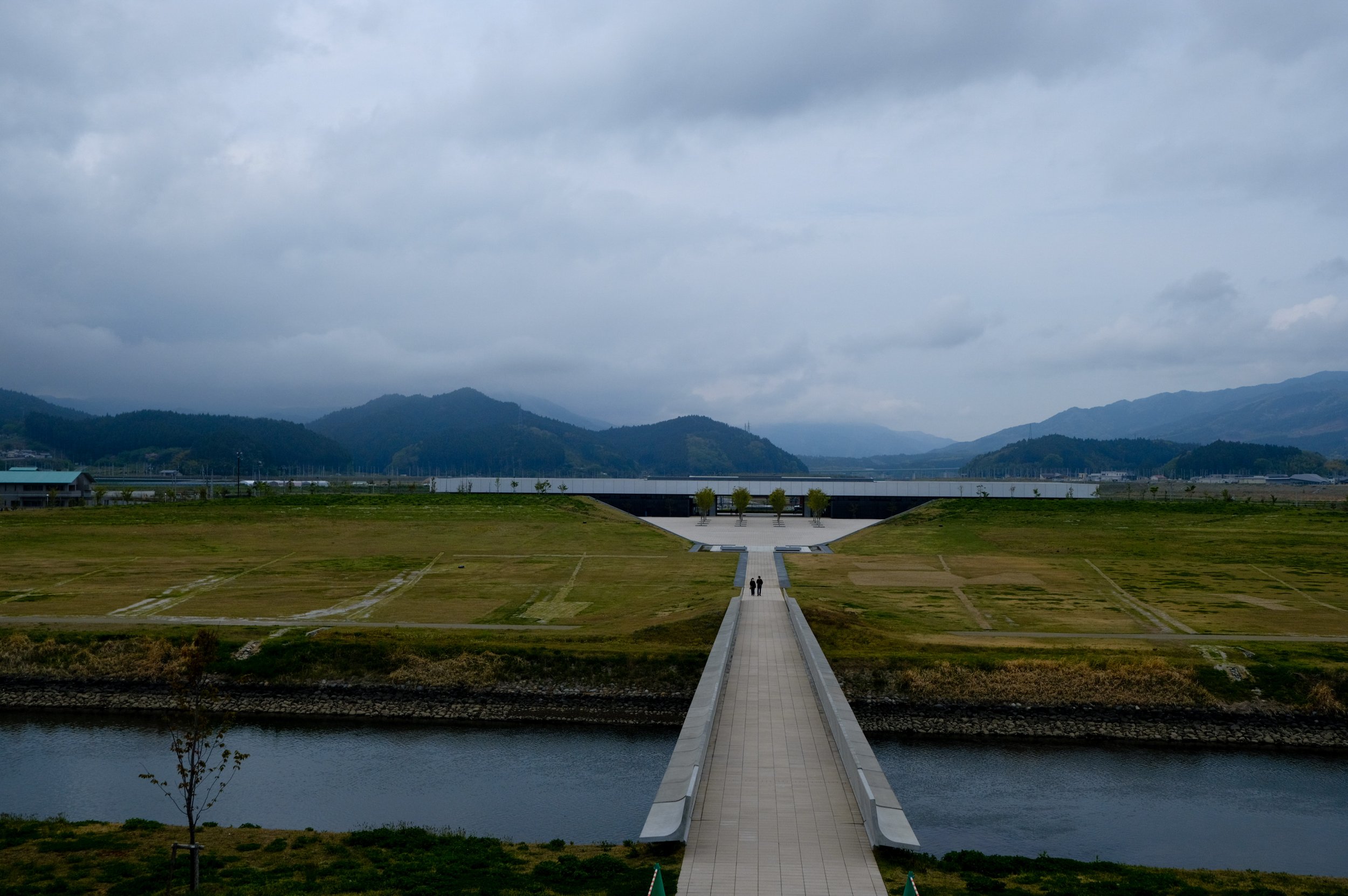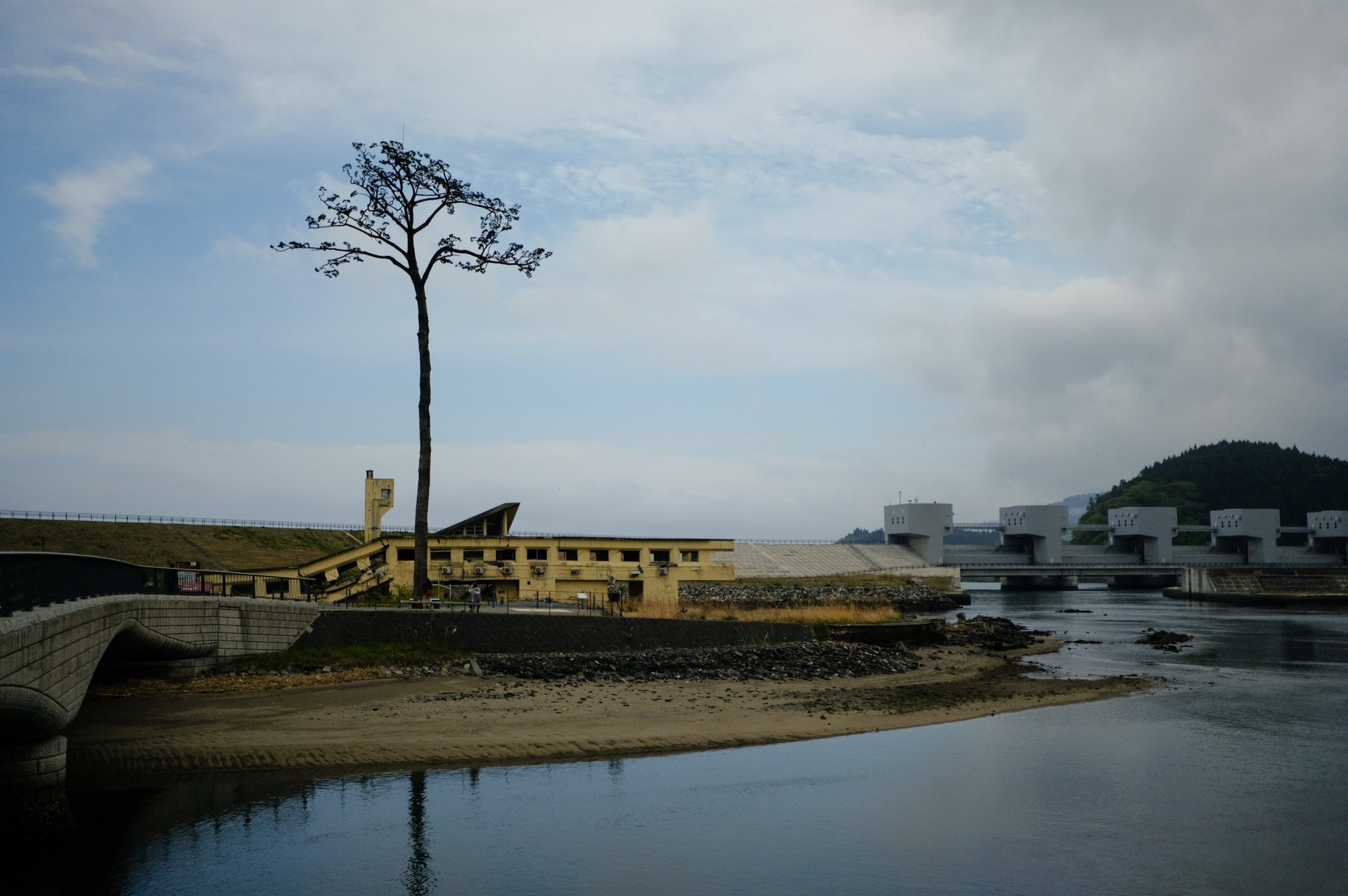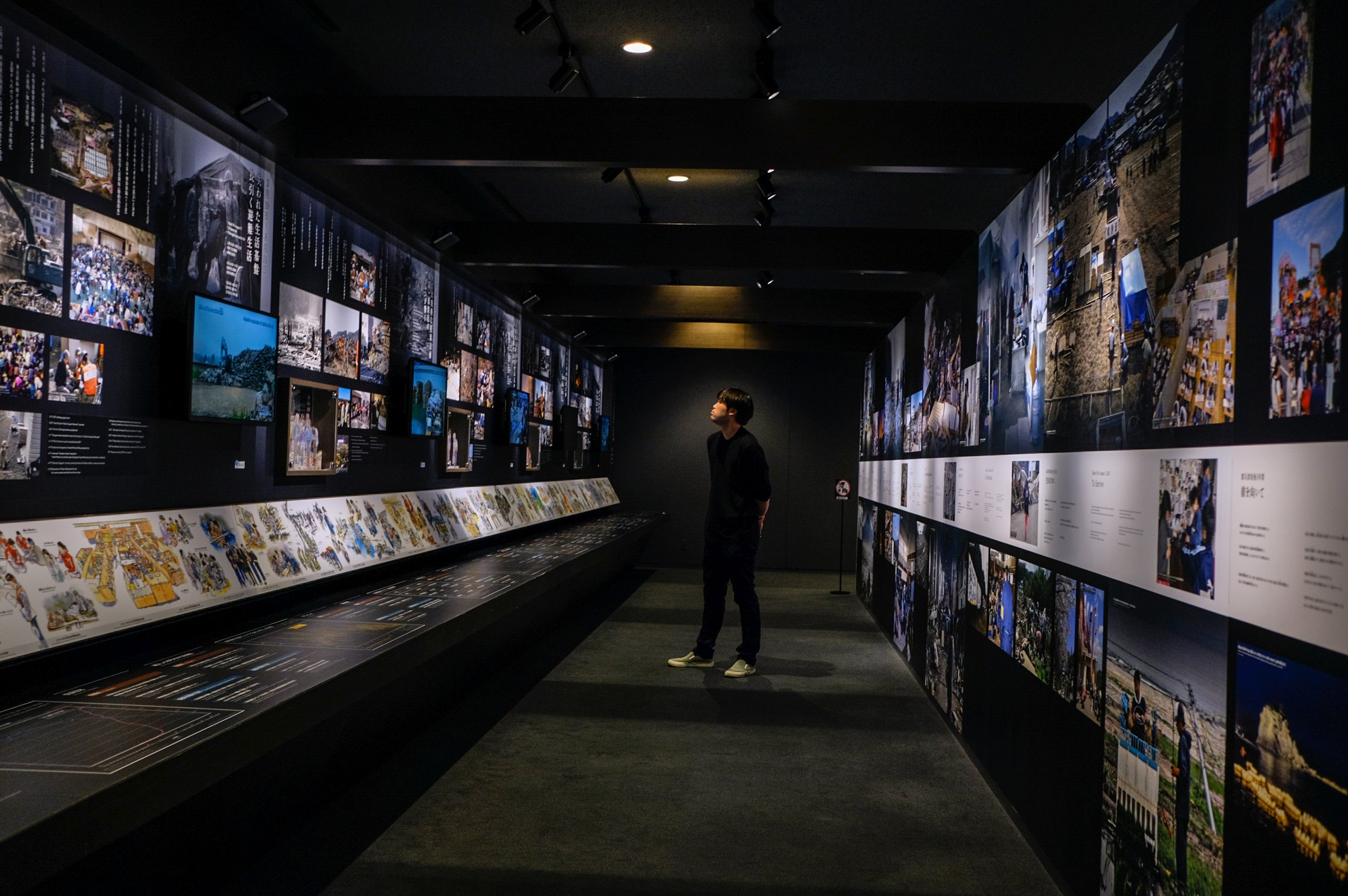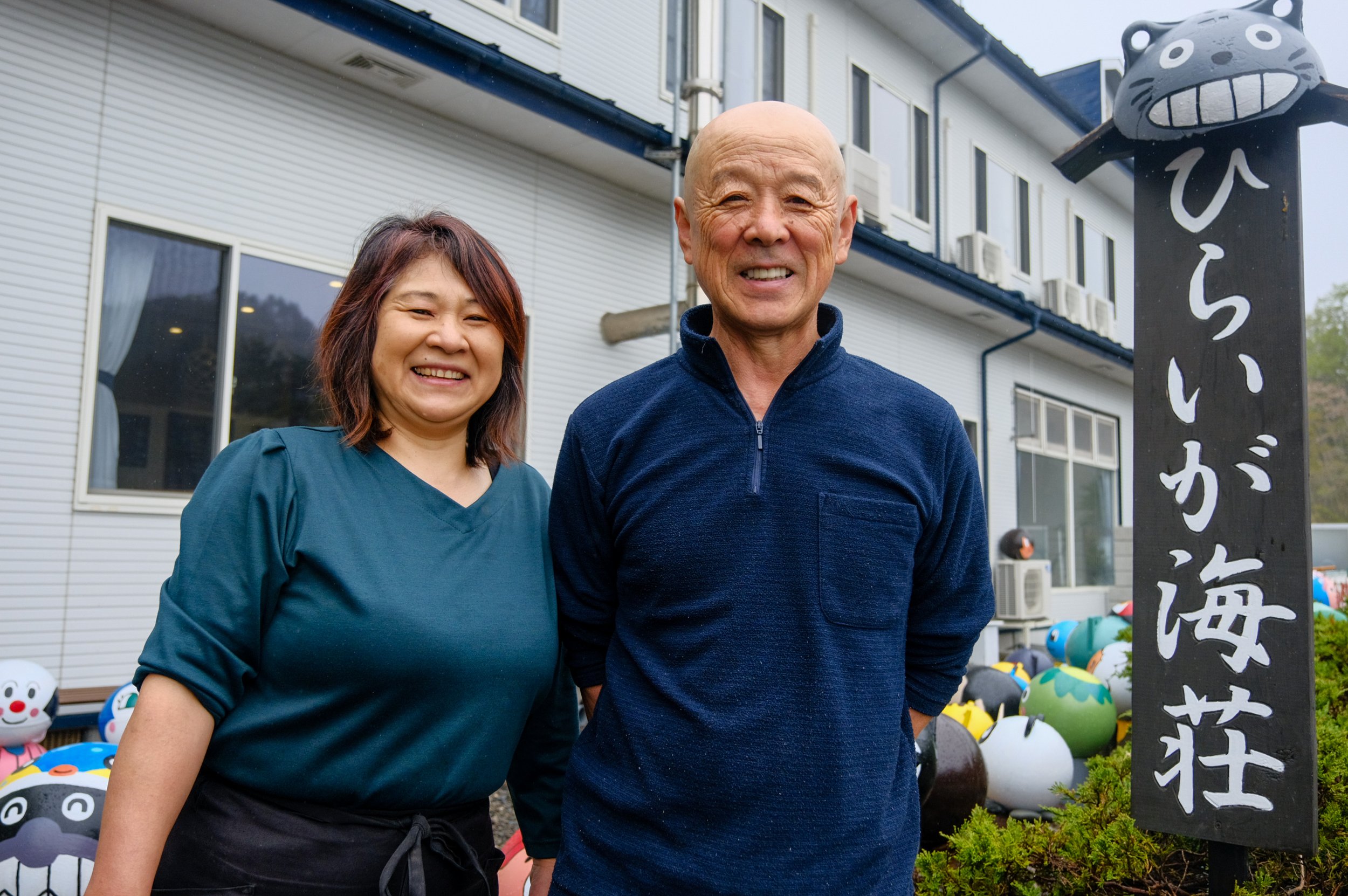Healing through hiking: A 9-day trek along northern Japan’s lesser-known Michinoku Coastal Trail
By Toh Ee Ming
How walking the Michinoku Coastal Trail in Tohoku in northeast Japan offers a sobering reminder of nature’s destructive power and a symbol of recovery from the 2011 earthquake and tsunami.
Igazed upon the Miracle Pine Tree, the lone survivor out of 70,000 pine trees that were mowed down by raging waters. Nearby was a battered structure of a former youth hostel. Elsewhere, I spotted white flowers laid out near a tree grove next to the ocean.
After a nine-day walk along the northeastern coast of Japan, I had finally reached the Iwate Tsunami Memorial Museum, where I would also be confronted by videos and photos of the devastation caused by the Tohoku Earthquake and Tsunami.
On Mar 11, 2011, a 9.1-magnitude earthquake had struck off the Sanriku coast. It was the largest earthquake in the country’s recorded history, resulting in an equally catastrophic tsunami.
More than a decade on, the tragedy still evokes waves of fresh grief. And throughout my journey on foot, I witnessed first-hand how the people were so viscerally affected by loss, yet still showed a stoic strength amid tragedy.
SETTING OFF
In April, I found myself in northern Tohoku, a wild remote region that had suffered the brunt of the disaster. I had joined a walking tour by Walk Japan, a company that specialises in off-the-beaten-track experiences, and we were travelling the Michinoku Coastal Trail (MCT).
Launched in 2019 as part of Japan’s post-tsunami reconstruction project, the trail was an initiative meant to attract more people to visit the beautiful region and boost recovering local economies.
The 1,025km-long trail winds its way along the Pacific Ocean, a path that passes through fishing towns and villages. While the MCT is still relatively unexplored by foreign tourists, the folks behind Walk Japan hope to make it as iconic as the Nakasendo Way or Kumano Kodo hiking route.
Led by tour leader Kaho Shoji, we began in Hachinohe, a port city about three hours from Tokyo by bullet train. After dropping by the Tatehana Wharf Morning Market, we set off from Same Station, which had a striking shark statue at the entrance (“same” means “shark” in Japanese).
It was a short walk to Kabushima Shrine, an impressive Shinto shrine standing atop a promontory overlooking the sea and where the northern trail head was located.
The first day’s hike was relatively easy. We followed a gently undulating trail that threaded its way over wide grassy expanses while Kaho peppered the tour with tidbits – from how the Shinto god Ebisu protected fishermen to how they trapped and caught octopus.
After our picnic lunch, we trudged down a sandy beach where locals played volleyball and passed through a beautiful black pine forest, before reaching our accommodation for the day – a small inn just inland of Tanesashi Coast.
THE ART OF WALKING AND EATING WELL
Our second day on the trail took us to one of the remotest countryside vistas of the tour, from pine coastal forests that opened from time to time to the vast blue seas. At Samurai-ishi, we paused by giant rock slabs on which mighty waves crashed spectacularly.
A drive can easily take you someplace spectacular, but hiking offers a sense of hard-earned joy like no other. And having read Buddhist monk Thich Nhat Hanh’s essays on mindful walking as a meditation practice, I had planned to do the same.
I wrestled between engaging in conversation and embracing the silence in nature. To empty my mind and listen to the sound of churning waves, the soft forest undergrowth crunching beneath my feet and my bear-shaped bell jingling softly.
A special kind of quiet fell when we entered a giant cedar wood forest. Kaho taught us the wild plants’ edible and medicinal properties ranging from mugwort, bamboo grass, and sansho pepper that she foraged for dinner, to the citrus-scented kuromoji. A cheerful forest caretaker also showed off a crop of his fat shiitake mushrooms.
One delightful ritual during the tour included getting our blue MCT passport stamped. Like a scavenger hunt of sorts, hikers can look for beautifully designed stamps unique to each landmark location.
The going was sometimes tough, but just seeing beautiful scenery, bathing in the forests’ energies, or having an exquisite seafood feast at night made us content.
The seas off the Sanriku Coast include some of the richest fishing grounds anywhere in the world, with an abundance of abalone, oysters and more. At the popular Kitasanriku Iso Cuisine Uondana in Kuji city, we dined on various local seafood delicacies, served with flair and at overwhelming speed by an animated chef.
The dishes ranged from fresh sashimi, handmade tofu, mountain vegetables, mamebu soup (vegetable broth filled with sweet dumplings made with walnuts), and a tempura dish with local salt distilled from seawater – the unlikely star of the evening.
UNEXPECTED TREASURES IN TANOHATA
On tour day four, a private vehicle whisked us to Fudai, a large coastal village that stood intact during the tsunami thanks to a 15.5m high seawall and floodgate completed in 1984.
Our route hugged the wild rugged coast, past formidable looking rocks and angry waves. An initial steep climb brought us to the top of high sheer craggy cliffs, through winding clifftop forests, followed by a sharp descent to the ravine filled with mossy rocks and slippery streams.
For two nights, we made a base at Hiraigakaiso, a homely seaside inn in Tanohata in Iwate prefecture. Our hosts were a fisher folk couple who offered warm welcomes and mouth-watering meals.
There, we were treated to a surprise meal at the nearby L'Aureole Tanohata, an intimate fine-dining restaurant helmed by 61-year-old chef Katsuyasu Ito, who pairs classic French-style cooking with locally sourced ingredients.
After working tirelessly in the region to help rebuild from tsunami devastation, including gathering chefs around Japan to bring food to evacuated survivors, Chef Ito relocated here and opened L'Aureole in 2016. We also learnt that he prepares lunch for local students every month.
The hours flew by as we watched Chef Ito work his magic in the open kitchen. The main dish was tender guineafowl, accompanied with sweet potato and spring onion, broccoli and shiitake mushrooms. My personal favourite was a light milk sorbet using milk sourced from a free-range cow fed on 50 grass varieties, with local red bean paste, Amazon cacao and white cacao shavings.
AN ADVENTUROUS ROUTE PACKED WITH FIERCE NATURE
Day five proved to be the biggest test of our mettle. We followed the path along the Kitayamazaki Cliffs, a spectacular stretch of soaring clifftops known as the Alps of the Sea. It features otherworldly rock formations carved by centuries of wind, sea and rain.
The journey saw us huffing through precariously steep ascents and descents, passing through inky dark tunnels, dramatic beach coves and rock slabs, and even scaling heights with short ladders. The tough ascents and descents wore our bodies down, but I felt all the more stronger for it. We also caught a glimpse of the elusive kamoshika (Japanese serow, or goat-antelope) staring at us through the trees.
Finally, we reached a clutch of fishermen huts. Rebuilt after being washed away in 2011, the Experience Village and Tanohata Network non-profit organises tourist activities such as salt-making workshops and scuba diving trips, and tsunami storytelling and banya fishing and cooking sessions.
By day six, we were closer to the earthquake epicentre and began to see the scars wrought by the 2011 tsunami. Everywhere, there were signs showing where it hit the land, the distance to the nearest evacuation zones and newly constructed seawalls that formed a grim fortress.
That morning, we visited the Tsunami Memorial Park Nakanohama, home to a former campsite with the battered remains of a kitchen and lavatory. Our hike took us to Jodogahama Beach, which featured white sandstone cliffs and calm bays. The payoff was worth it, as we luxuriated in the spacious rooms and onsens of Jodogahama Park Hotel.
As we left the remote rocky coastline of northern Tohoku for Miyako city, the landscape changed to scenic inlets and calm bays.
One of the worst-hit cities, large parts of Miyako have been newly rebuilt. Here, we walked our final stretch: The Hama Kaido, an ancient trail from the Edo period that was originally the main thoroughfare between the coast and Sendai, Tohoku's principal city. Once used to transport products such as salt, iron and seafood, it became a makeshift path by tsunami rescue workers when roads proved impassable.
Our final day saw us visiting Funio Sakamoto, one of the few kesen-daiku carpenters known for building Japan’s intricate temples and shrines, including the grand Meiji Jingu shrine in Tokyo. We admired his handiwork as we walked through another stretch of the Hama-kaido, where torii shrine gates lined an atmospheric narrow gorge with waterfalls.
And after some 80km clocked, we were treated to hearty burgers and fries at The Burger Hearts in Ofunato, a hole-in-the-wall diner fitted with classic All-American touches, including a giant Elvis Presley poster.
That final afternoon was spent at the Iwate Tsunami Memorial Museum, where I was struck by a local dialect phrase: “Tsunami Tendenko.” It refers to an “everyone for him/herself” mindset, meaning quickly evacuating without waiting for others, not even one's parents or children.
While it seems contrary to Japan’s collectivist culture, the reality is that a quick evacuation to higher ground without taking care of anyone has been considered the only way to escape from a devastating wave.
THE INNKEEPERS' SADNESS
During my stay at Hiraigakaiso earlier on, I noticed that innkeepers Kaori and Takuo Hatakeyama created a book display area where guests could browse through news clippings and photo albums of the tsunami – an important communication tool to share their story, they told me.
Despite Kaori's bright smile, it hid a tragic past. She had lost her father and brother on that terrible day. Post-tsunami, the inn had become a temporary accommodation for relief workers. The couple was so busy for the next 11 years that there was barely any time to grieve.
But they had no hate for the ocean and lived with a deep appreciation for the seafood and peace it provides. “What keeps me going is to live life the best I can; I am living for them,” Kaori told me, pausing to fight back tears.
Coming from Singapore, a country fortunate to be spared from major natural disasters, I couldn’t even begin to grasp the magnitude of the trauma. But these haunting conversations and moments from the trip stayed with me: Taxi drivers who readily shared their stories of how the land had been obliterated, or how, from the wreckage, innkeepers had salvaged clocks whose time had stopped just minutes after the disaster.
Though I only experienced a short part of the MCT, it left me with lessons for a lifetime: How hope has sprung from tragedy, how to live together with the ocean and earth, and to be deeply moved by the Japanese people’s spirit of resilience and selflessness.
Link to article here.
